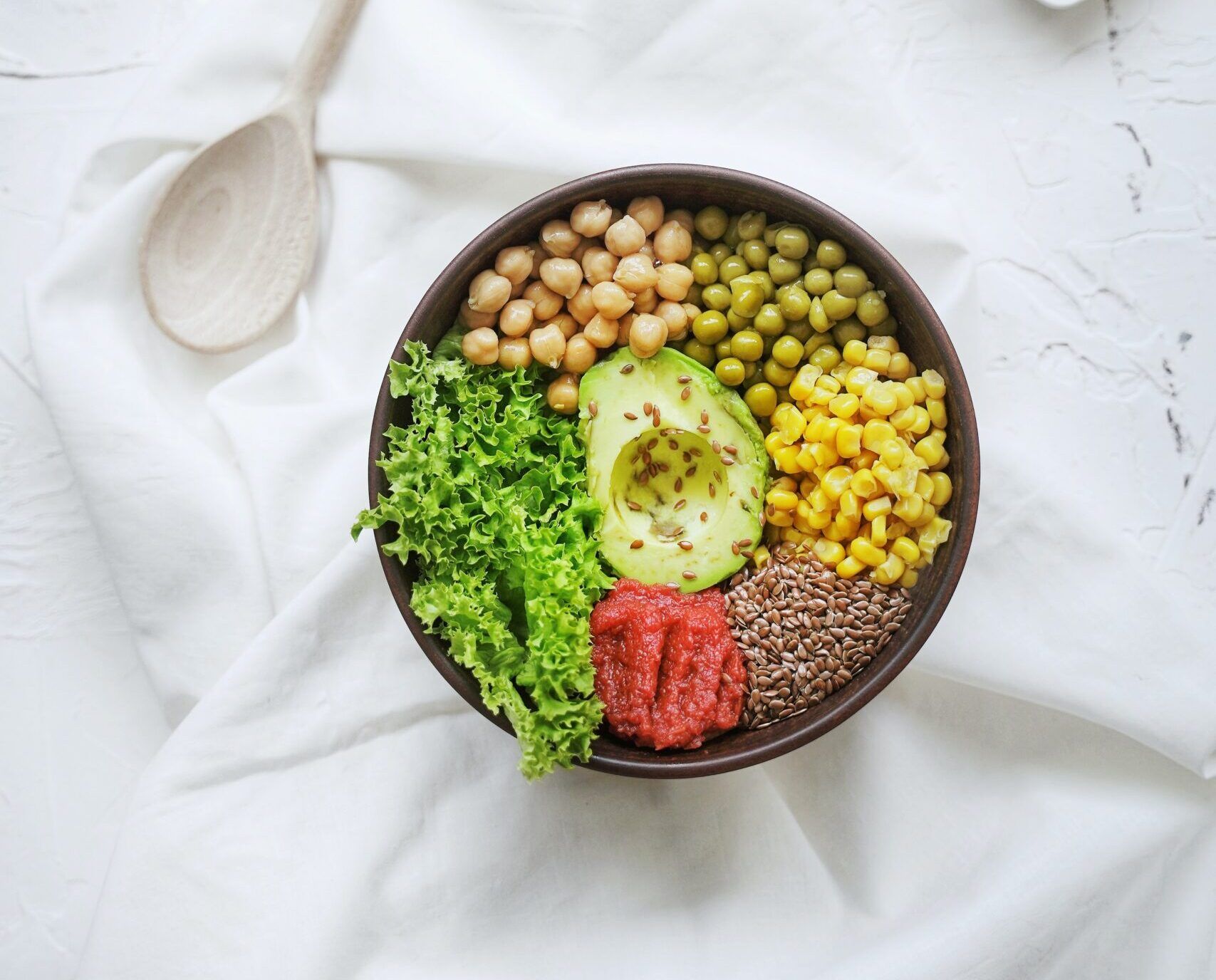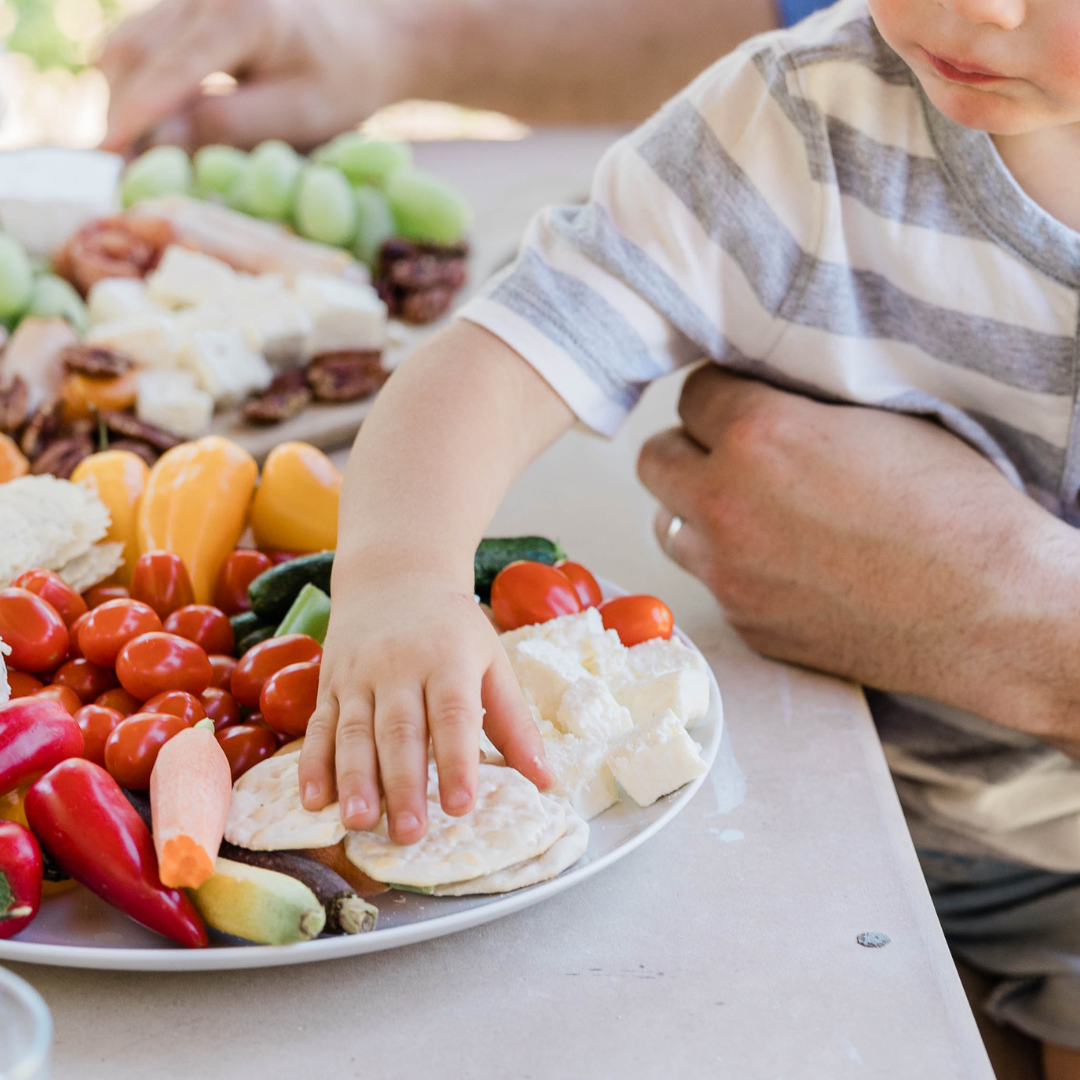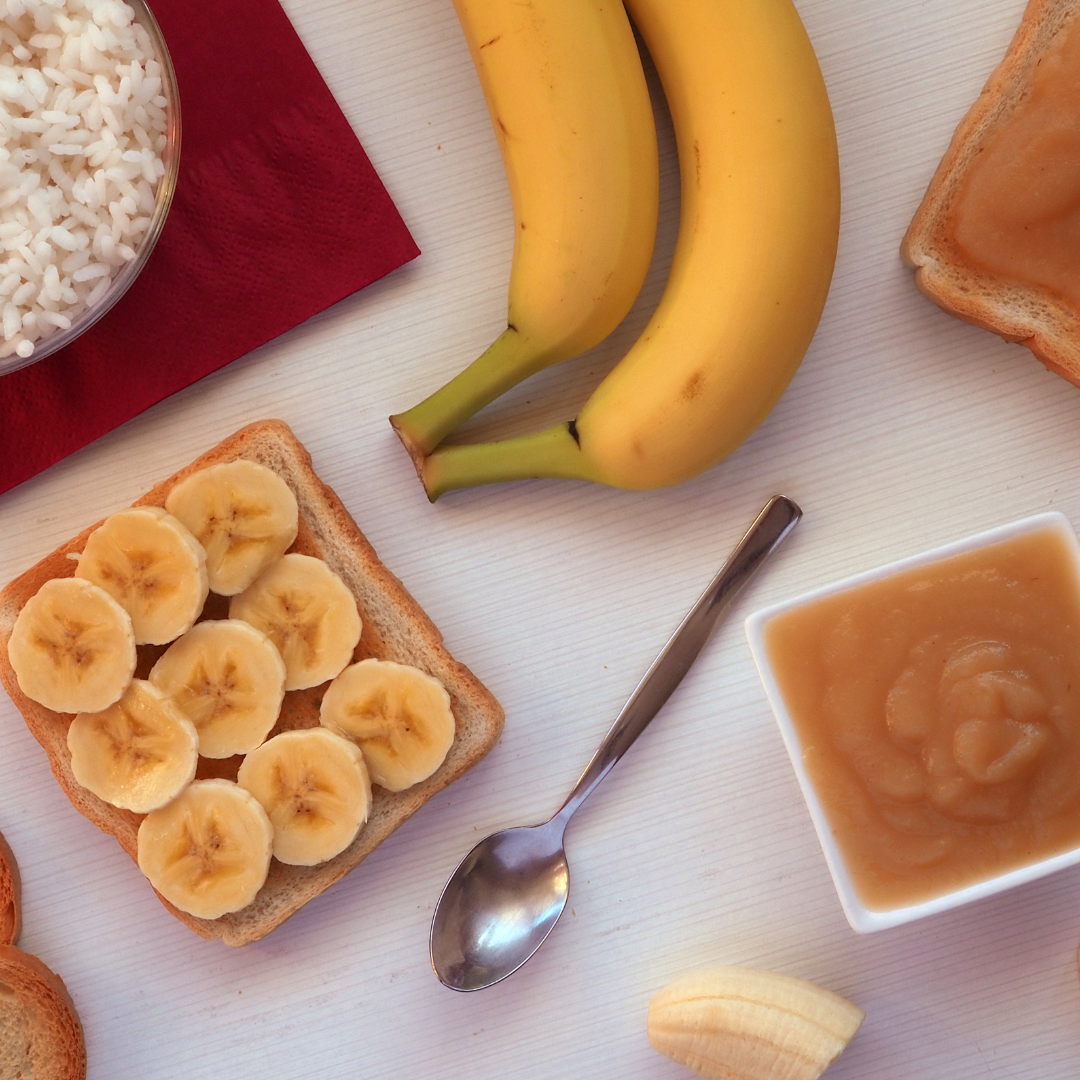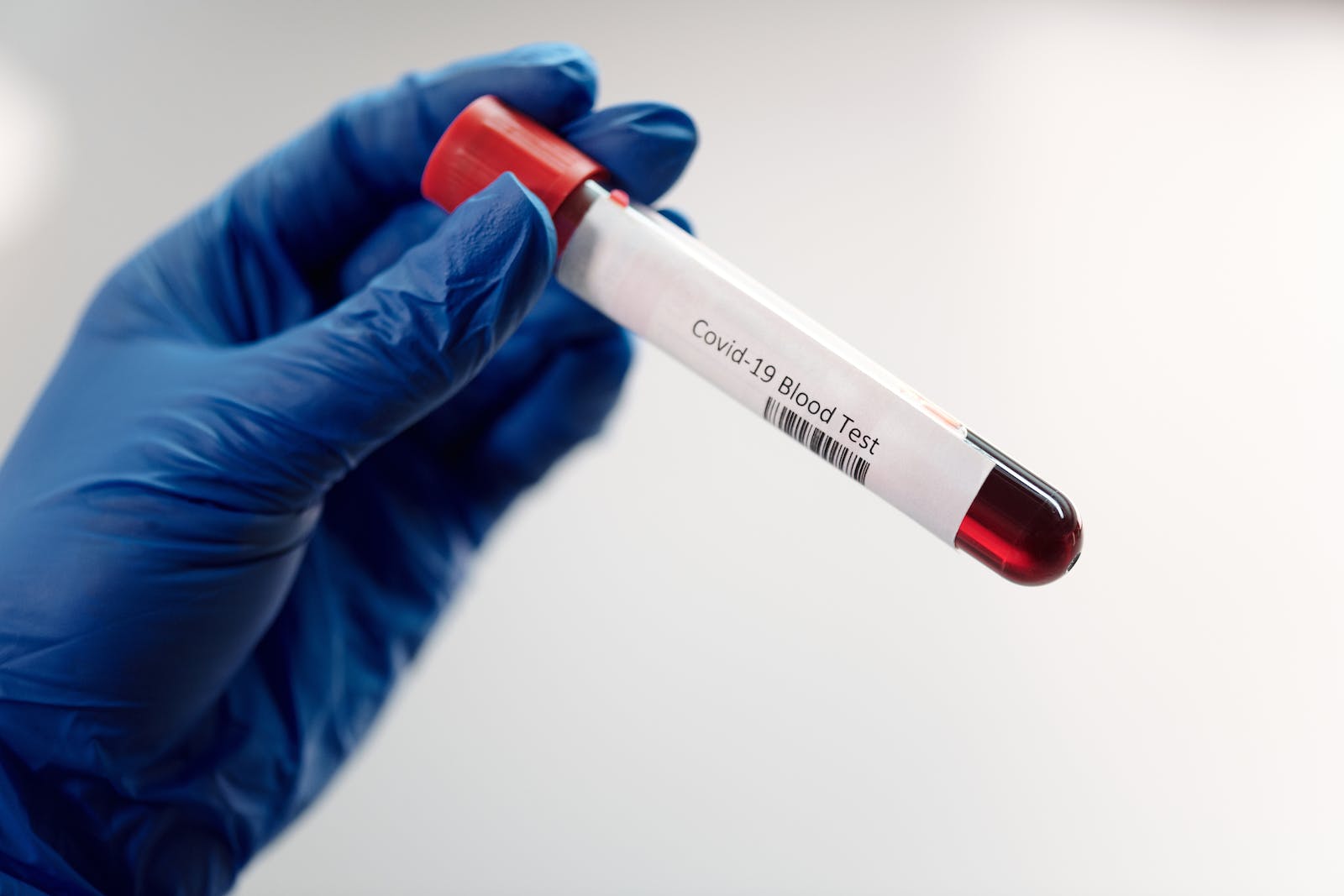
Competitive bodybuilders and athletes are example groups of people who know all about foods to eat while cutting. Bodybuilders routinely rotate through three stages of specific diet programs. Besides following a generally healthy diet and exercise program for regular maintenance, bodybuilders also adhere to a season of ‘bulking’ for muscle growth, followed by a season of ‘cutting’ for fat loss.
Furthermore, competitive bodybuilders also add a fourth stage of preparation for a competition that involves drastically cutting calories while maintaining an intense resistance training program.
Compared to bulking, where an athlete has a relatively ‘open’ diet, meaning a surplus of calories is the goal here and carbs are relatively unlimited, the diet a body builder follows during the cutting season is very strict. The goal here is to reduce body fat, slimming down in order to better define musculature.
While the cycle of bulking and cutting is a regular practice for competitive bodybuilders, that doesn’t mean it’s limited to athletes who compete.
Anyone looking to increase muscle mass and reduce body fat will benefit from this diet plan of cutting and figuring out the foods to eat while cutting. Working closely with trainers, nutritionists and your medical doctor is the safest and most effective way to follow a cycle of bulking and cutting.
With that in mind, what are the best foods to eat while cutting? Let’s explore what kind of food options are best when you’re following a cutting diet.

What Exactly Does it Mean to be ‘Cutting’?
The term ‘cutting’ in diet refers to literally cutting out excess calories to reduce body fat, not necessarily to lose weight. This is an important distinction. Losing as much body fat as possible is the goal, but the athlete wants to simultaneously maintain muscle mass. This can make cutting a challenge, and it’s imperative that anyone interested in following a cutting diet consults first with a doctor and/or a nutritionist to ensure they aren’t sacrificing their health or running on an extreme caloric deficit.
During the cutting phase, bodybuilders, athletes and fitness enthusiasts combine strength training exercise routines with cardio to burn calories. Depending on the individual’s body type, adding or increasing cardio to their workout may not be necessary.
When a cutting diet ends, the desired result is a more toned look with well-defined muscles that stand out. Part of the way this is achieved is figuring out which foods to eat while cutting.
In the competitive bodybuilding world, cutting usually precedes competitions or photoshoots, but fitness enthusiasts who don’t compete may cut before holidays, special events, or any other occasion where their bodies will be on display and they’re eager to show off their hard work.
The Importance of Meal Timing and Macronutrients
Part of mastering which foods to eat while cutting involves counting calories, as well as meal timing and tracking macronutrients. The goal is to create a caloric deficit, but it’s important to remember that not all calories are created equal. In order to maintain muscle mass, adequate consumption of macronutrients is imperative to anyone following a cutting diet. Simply put, macronutrients are the building blocks of food: protein, carbs and fats.
Foods to eat while cutting generally involve these building blocks of good fats, protein and carbs.
Neglecting macronutrients can result in rapid weight loss, and losing weight too quickly can result in a loss of muscle mass. What you want to aim for is a consistent, weekly weight loss, even if it seems slow. Losing around 1 pound per week is generally considered safe.
In order to ensure that your muscles are getting fed properly, experts recommend counting macros in each meal. You can keep track of your macros with any of the several calorie counting apps available. Macro needs will vary by individual, but a reasonable breakdown looks like this:
- Protein: 2.3-3.1 grams per kg of body weight, per day. This is much more protein than you would normally consume during a bulking or maintenance phase.
Your daily remaining calorie allowance should be split like this:
- Fat: 15-30% of your daily caloric intake
- Carbohydrates: However many calories are left in your daily caloric allowance; around 55-60%.
It’s helpful to continuously track your body composition as your cutting diet progresses and regularly revisit your daily caloric needs.

Foods to Eat While Cutting
Foods that are high in protein but low in fat and calories are sovereign when it comes to cutting. Some staples to keep on hand are
- Lean meats: Skinless turkey and chicken, salmon, elk, bison and lean beef are some of the best choices.
- Red lentils: They have a higher protein content than other varieties but are low in calories.
- Whole eggs
- Low-fat cheese and dairy products such as cottage cheese and yogurt, in moderation.
Additionally, incorporating healthy amounts of fibre in your diet will help you feel fuller longer, and is a great option for when you’re trying to keep your calorie count low. Some foods high in fibre include:
- Whole-grain breads and cereals: They contain more fibre than their over-processed, white counterparts
- Flaxseed: You can add ground flax to a smoothie, or take flaxseed oil as a supplement.
- Beans and legumes, in moderation. Some varieties are higher in carbs than others, but beans and legumes help keep you feeling fuller longer.
- Fruit and vegetables: Best choices are apples, pears, grapefruit, tomatoes and leafy green vegetables.
- Quinoa: This superfood is high in protein and fibre, making it a great choice for when you’re cutting.
Sesamin
Sesamin is a fibre that’s classified as a lignan, a family of chemical compounds found in some plants, notably sesame seeds, flaxseeds, whole grains, pumpkin seeds and wheat bran.
Interestingly, one Japanese study conducted on sesamin found some evidence to suggest that consumption of lignans may actually help your body reduce its fat storage capacity, reduce levels of LDL cholesterol (the bad kind) and may even aid in the treatment of diabetes mellitus.
Your liver contains several enzymes that help breakdown fatty acids. The study found that sesamin works by increasing the activity of those enzymes, thereby promoting fat loss. Not only that, by increasing liver enzyme activity, it’s possible to reduce your body’s fat-storage capacity, and it’s been suggested that sesamin may actually help preserve lean muscle mass.
Therefore, adding sesamin to your cutting diet may help you reach your fat loss goals faster while maintaining your muscle mass, making it a great choice. Sesame oil is a great whole-food option for sesamin, but it can also be bought in the form of a supplement.
Supplements for When You’re Cutting
Because cutting involves restricting certain foods, people on a cutting diet run the risk of falling into a nutritional deficit. So, it’s helpful to seek out vitamins and minerals in the form of supplements to counteract this loss. Besides taking a multivitamin, adding protein powder can help you meet that daily target of protein.
When it comes to muscle growth, some supplements to add to your workout routine include
- BCAAs. BCAAs help your muscles recover after a workout and help maintain muscle size, even when you’re running a caloric deficit.
- Thermogenics. These supplements increase your body’s internal temperature so you burn more calories at rest. Additionally, they help release fat into the bloodstream for your body to use as fuel during workouts.
- Glutamine. Glutamine aids your immune system, but your glutamine stores can become depleted after an intense workout. ‘Restocking’ in the form of a supplement helps your body’s immune system function optimally.
It’s important to remember that while human bodies function in very much the same way, we all differ in what we can or should eat due to our genetics and other factors. Taking a DNA test from Circle DNA can help you determine the best way to implement a cutting diet plan into your life, as the results of the DNA test tell you the optimal diet plan for you, based on your DNA.






